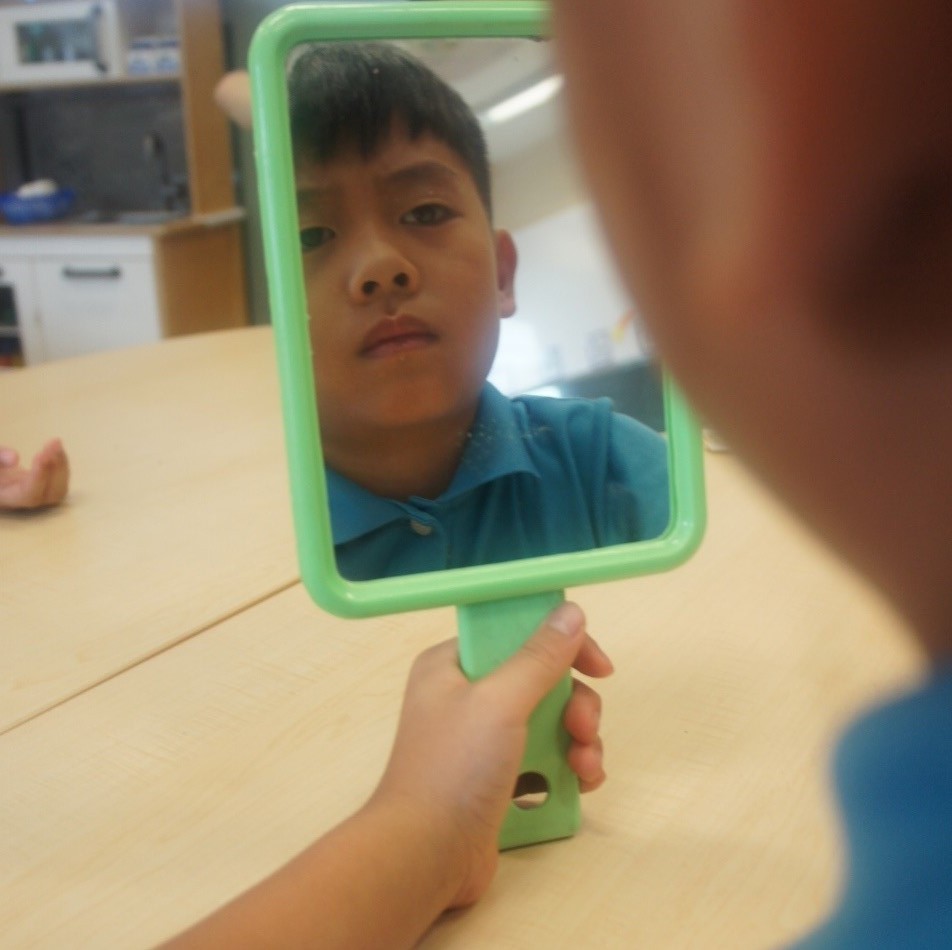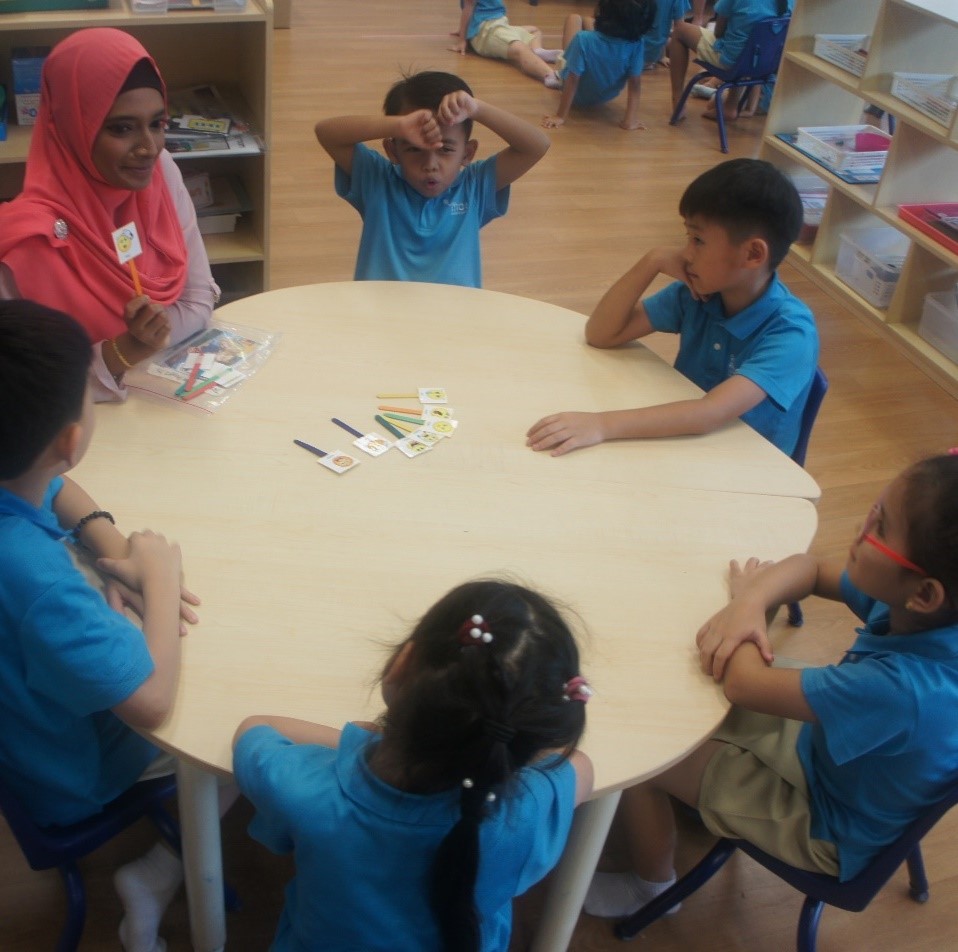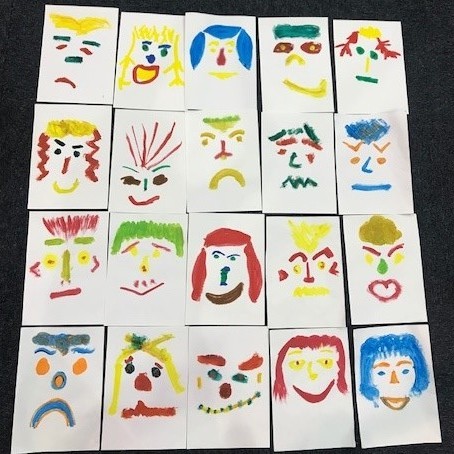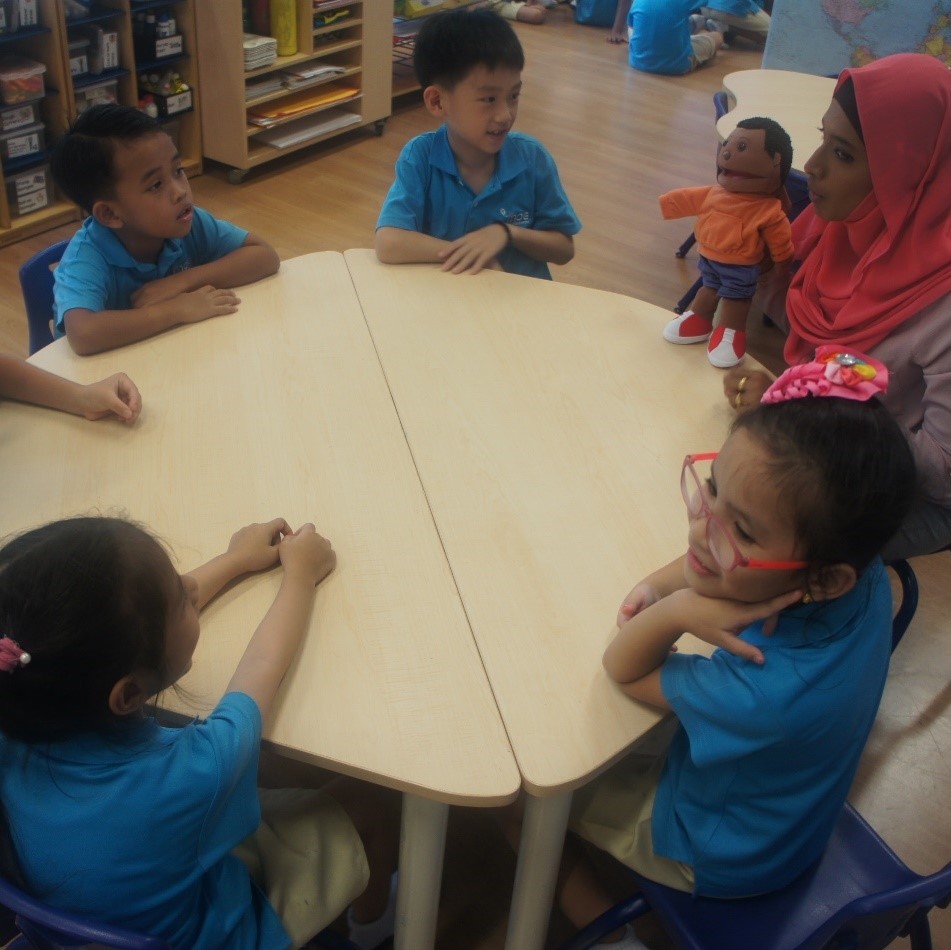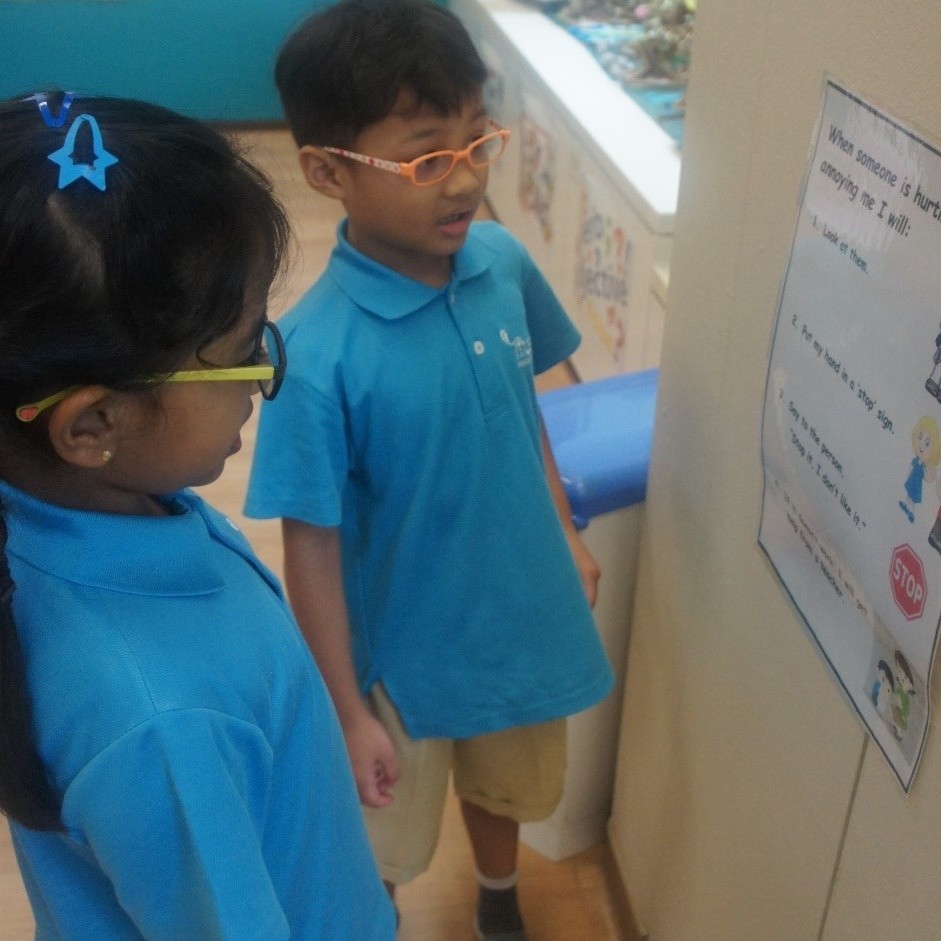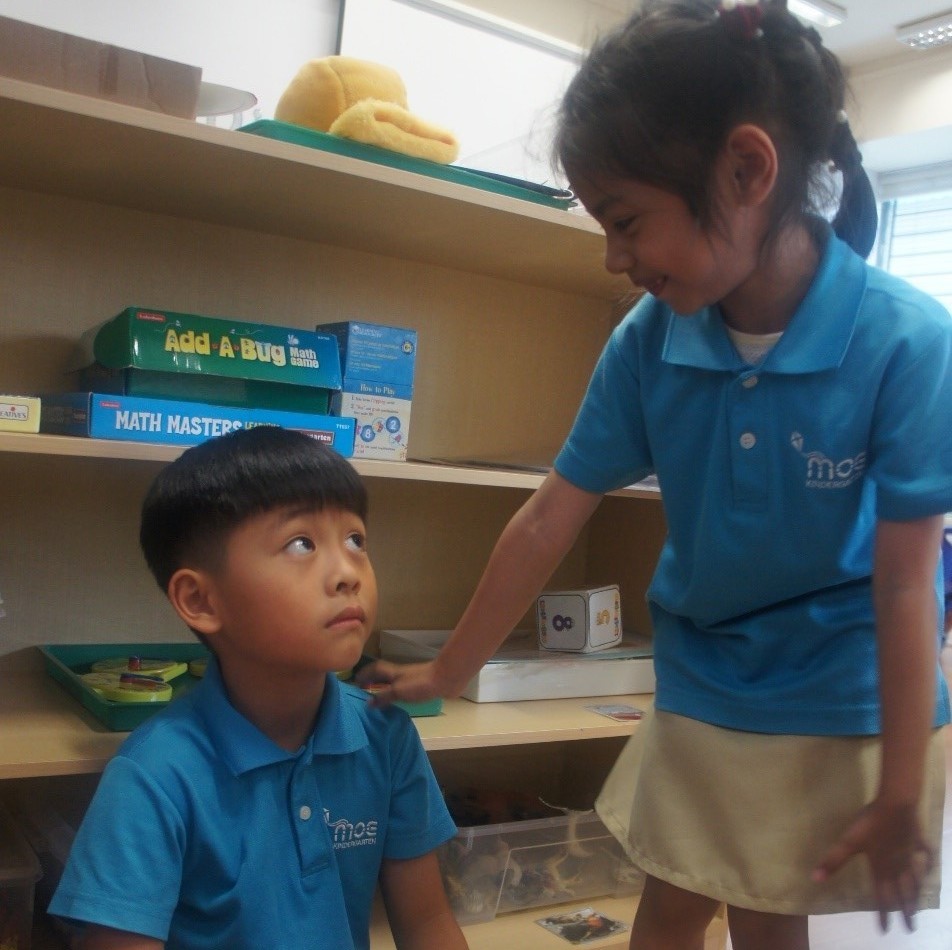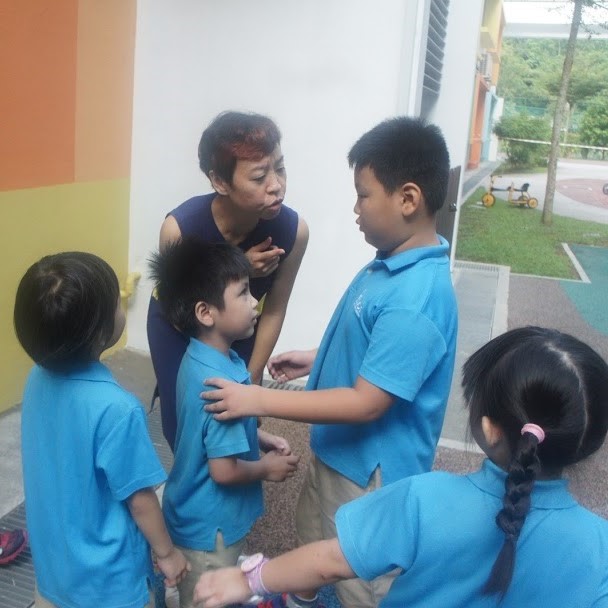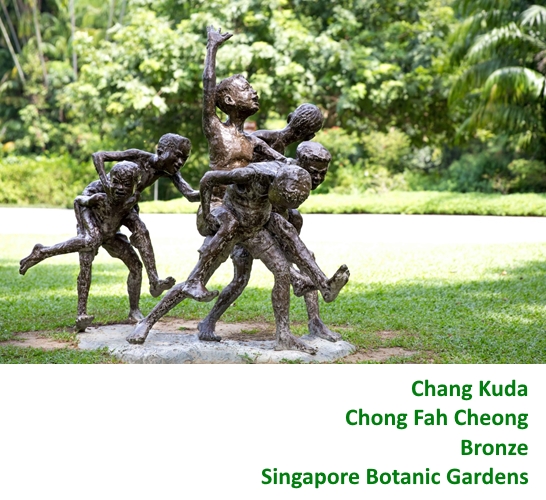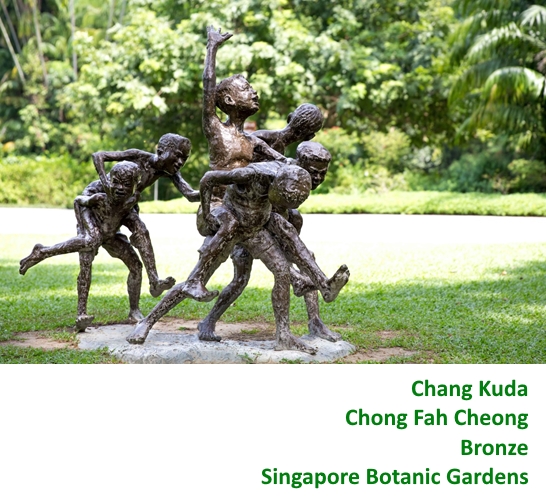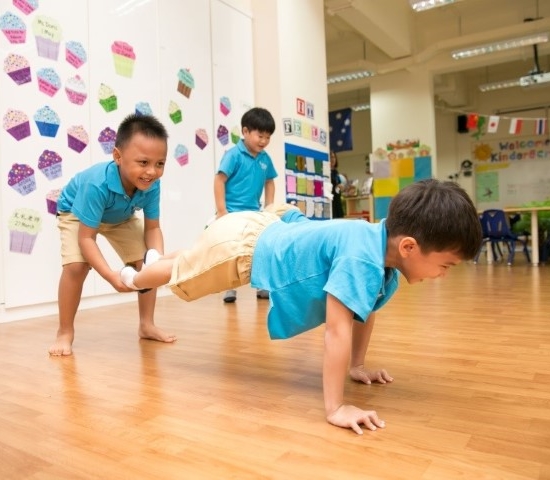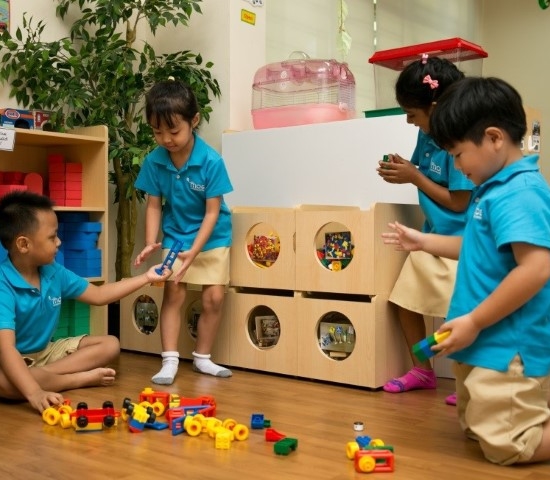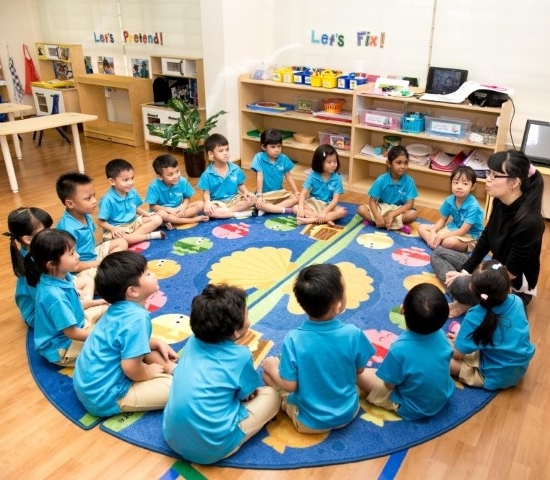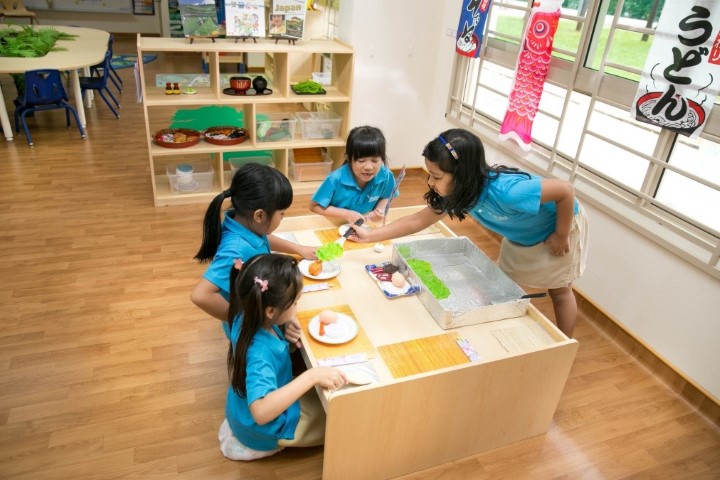Social and Emotional Competencies
Social and emotional competencies help children understand themselves and develop a positive sense of themselves in relation to their peers, family and the community. These competencies also have a long-term positive impact on their behaviours, attitudes, motivation and academic performance.
The five social and emotional competencies that contribute to children’s personal and social well-being are:
Self-awareness
What does it mean?
Children with an awareness of personal identity are able to identify their own abilities and personal qualities and have a positive self-concept. They also recognise that they are part of a socio-cultural group as they develop a sense of self-identity.
Why is it important?
Self-awareness allows children to recognise and understand their thoughts, values and personal goals which enable them to construct an understanding of who they are. This helps them grow in confidence and understand themselves in relation to the people around them.
Self-management
What does it mean?
Children who have self-management and regulation skills are able to identify and label their emotions and thus, understand, explain and manage their emotions. They are able to express their emotions appropriately and control impulsive behaviours.
Why is it important?
Self-management skills enable children to achieve personal well-being, demonstrate pro-social behaviours and be their best selves.
Social awareness
What does it mean?
Children with social awareness are aware of the diversity in their community and are respectful towards people around them. They are able to respond appropriately to what people are experiencing and feeling, and recognise the need for rules and routines for living, playing, and working together.
Why is it important?
Social awareness enables children to develop cognitive and emotional empathy, understand the perspectives of people from different backgrounds and cultures, and become more sensitive to the social environment and the needs of others.
Relationship management
What does it mean?
Children with relationship management skills develop an awareness of the need to show appreciation and care for others, and learn how to use appropriate strategies to establish and maintain friendships and positive relationships. In the event of disagreement, they are aware of and use appropriate strategies to manage disagreement.
Why is it important?
Relationship management enables children to build and maintain positive relationships with others and develop empathy towards others.
Responsible decision making
What does it mean?
Children develop responsible decision making skills when they develop an awareness of the effect or consequences of their choices and actions, with the support of teachers and parents.
Why is it important?
Responsible decision-making enables children to apply moral reasoning and sound values-based judgements in the choices they make.
